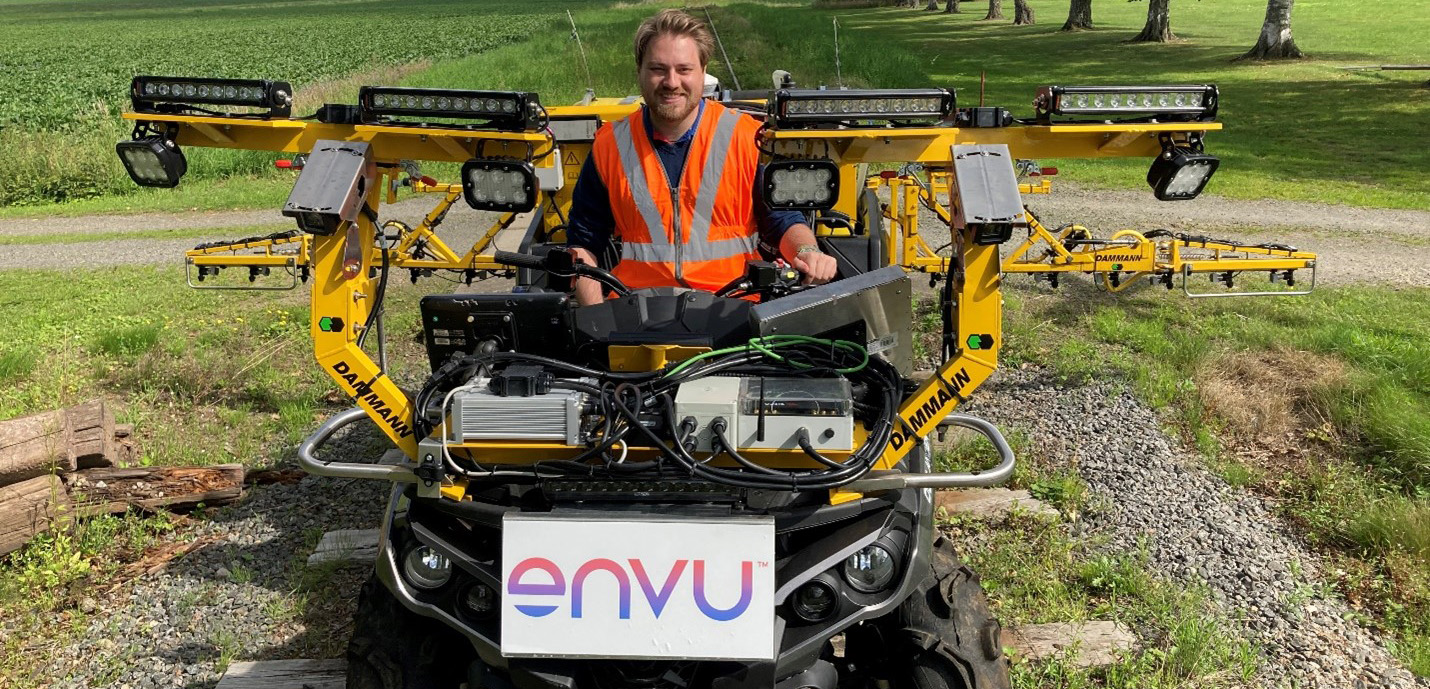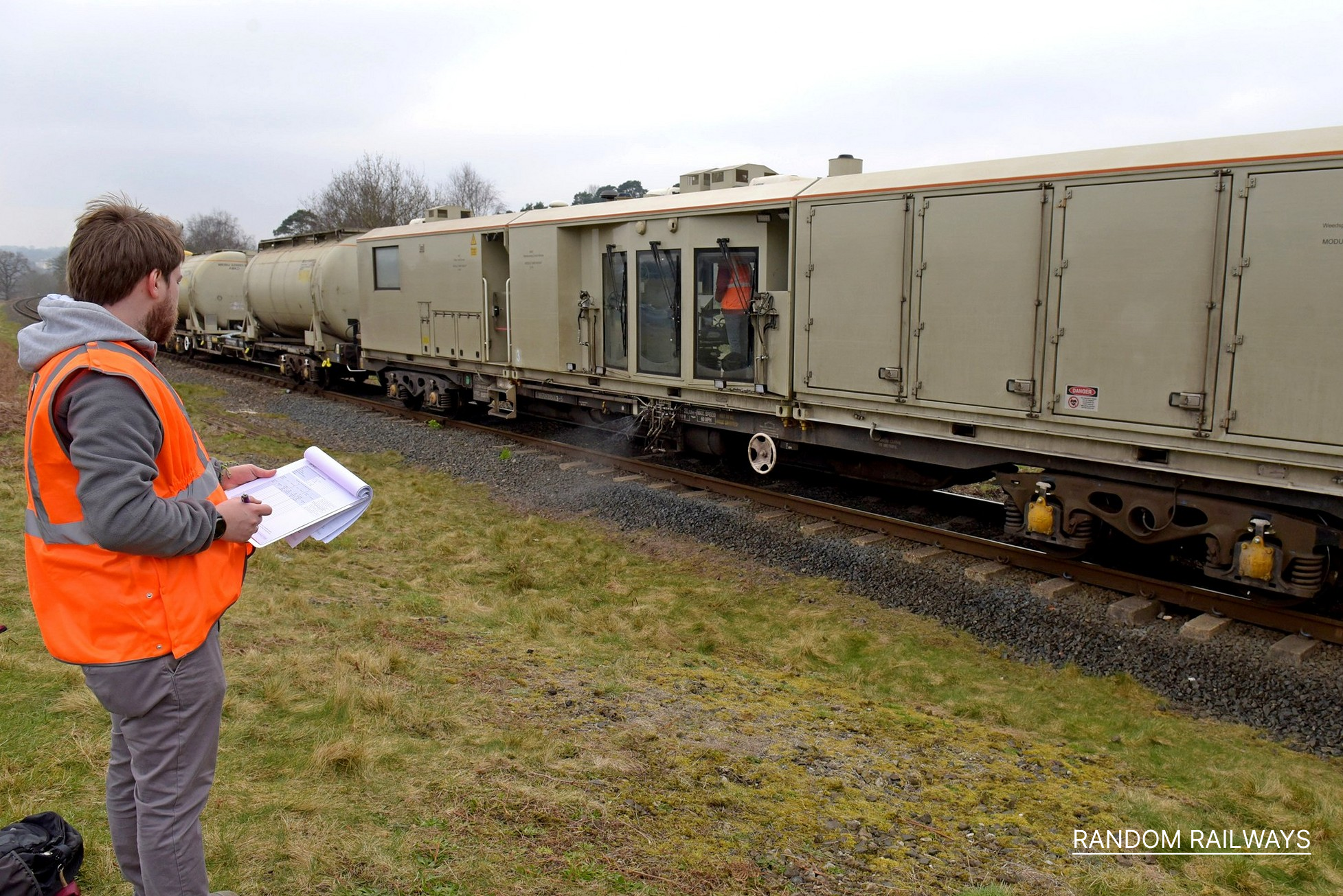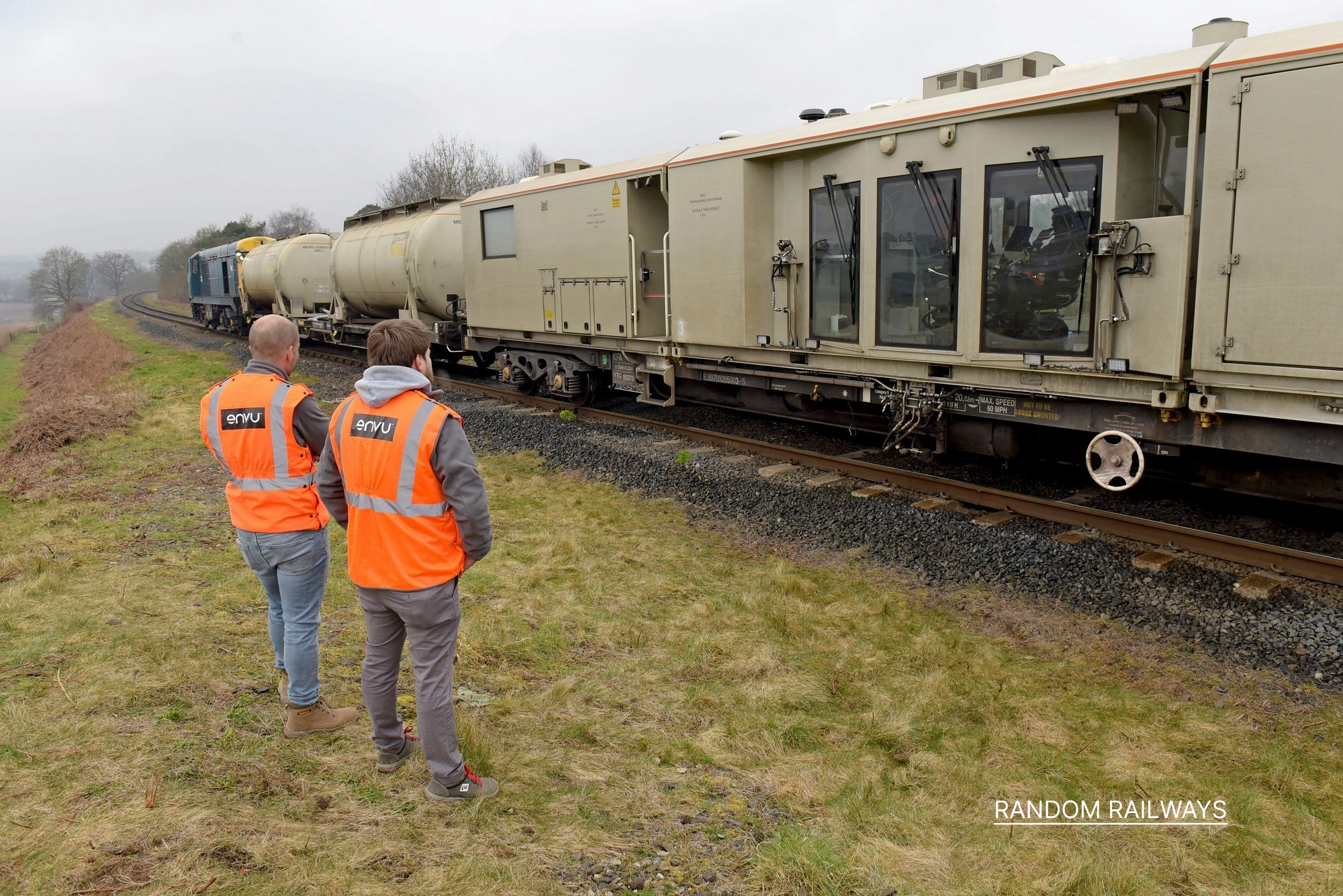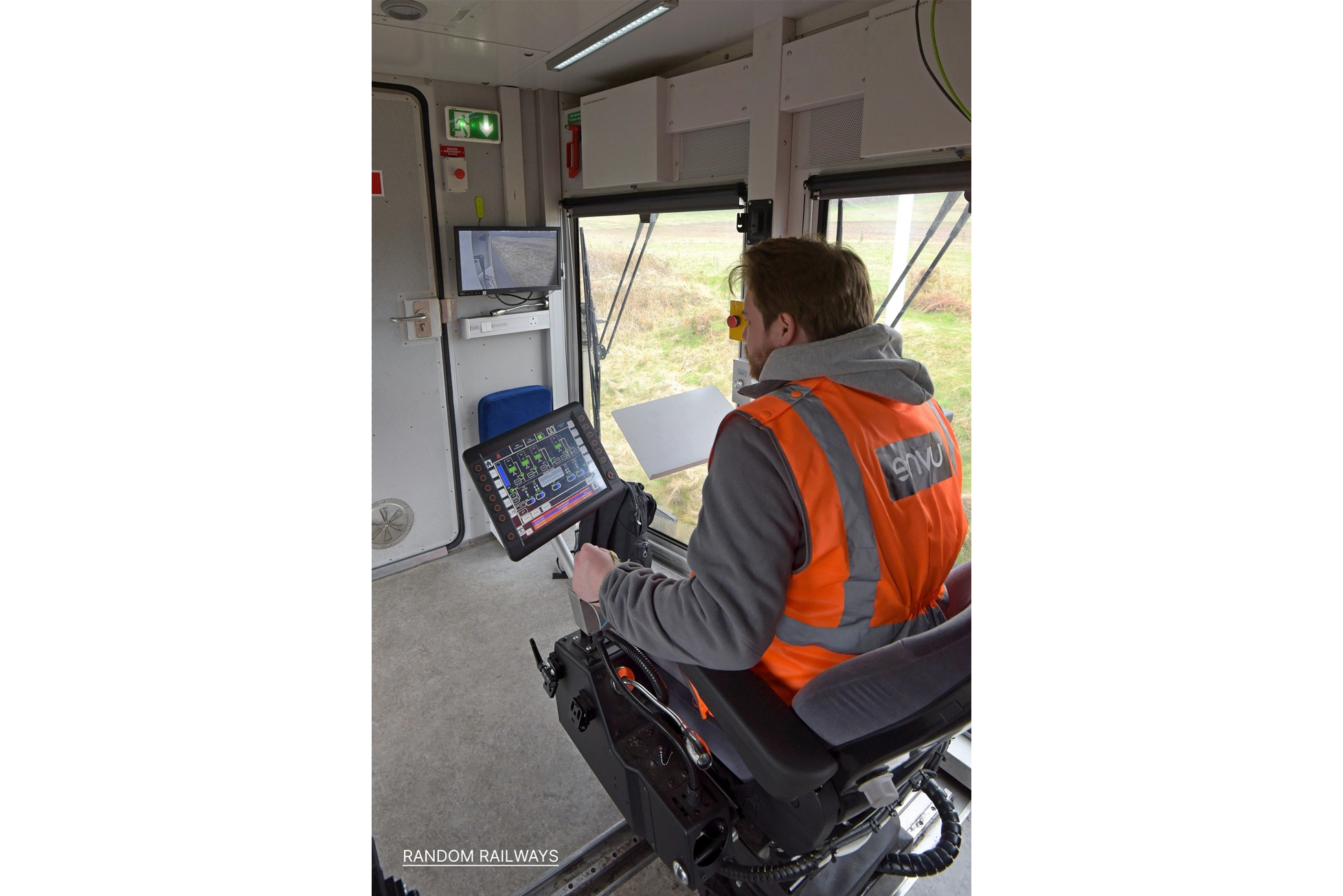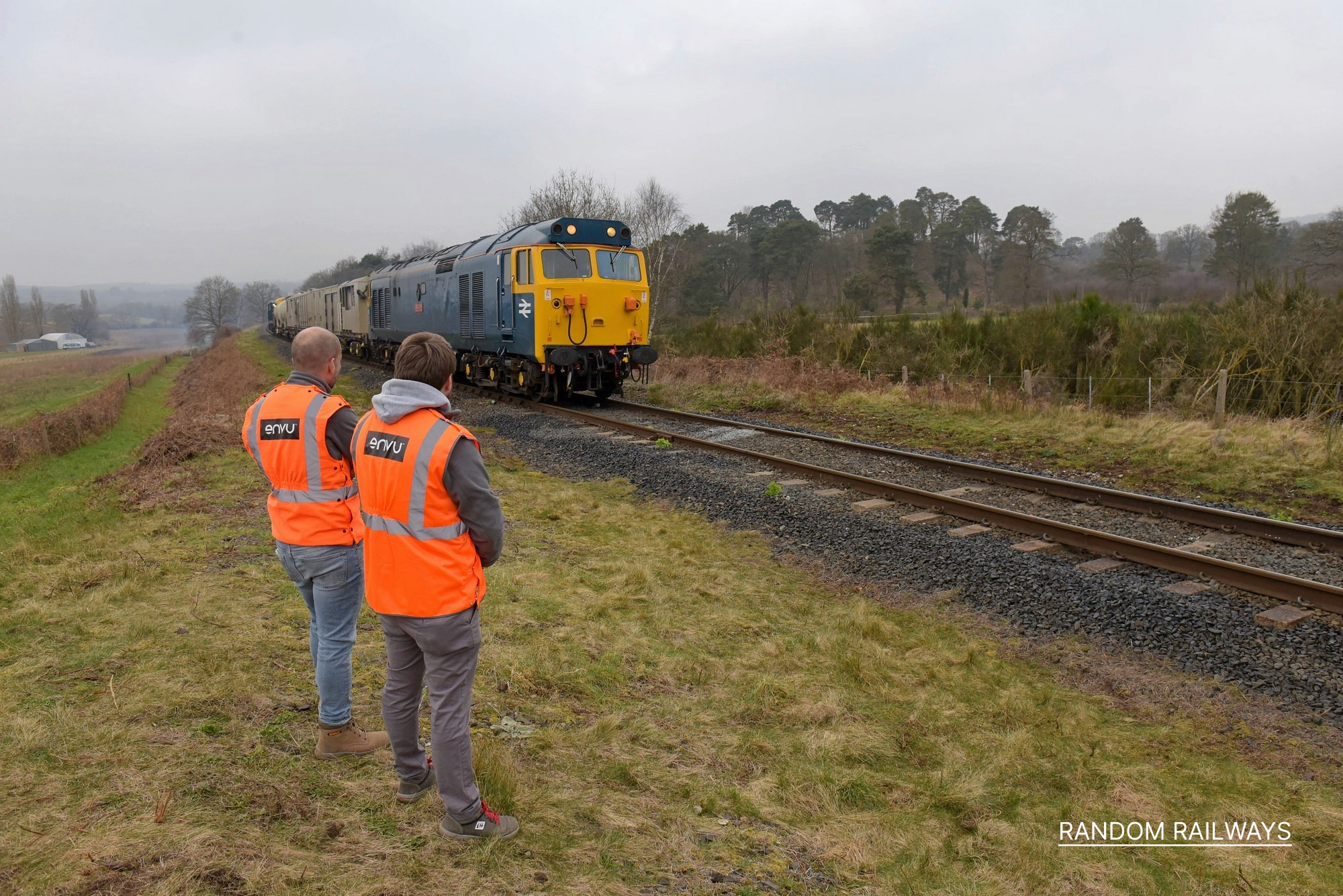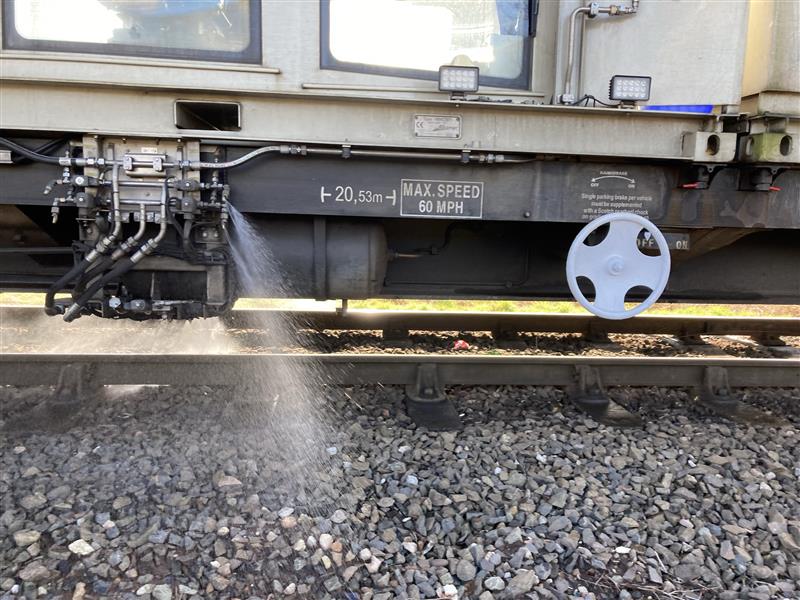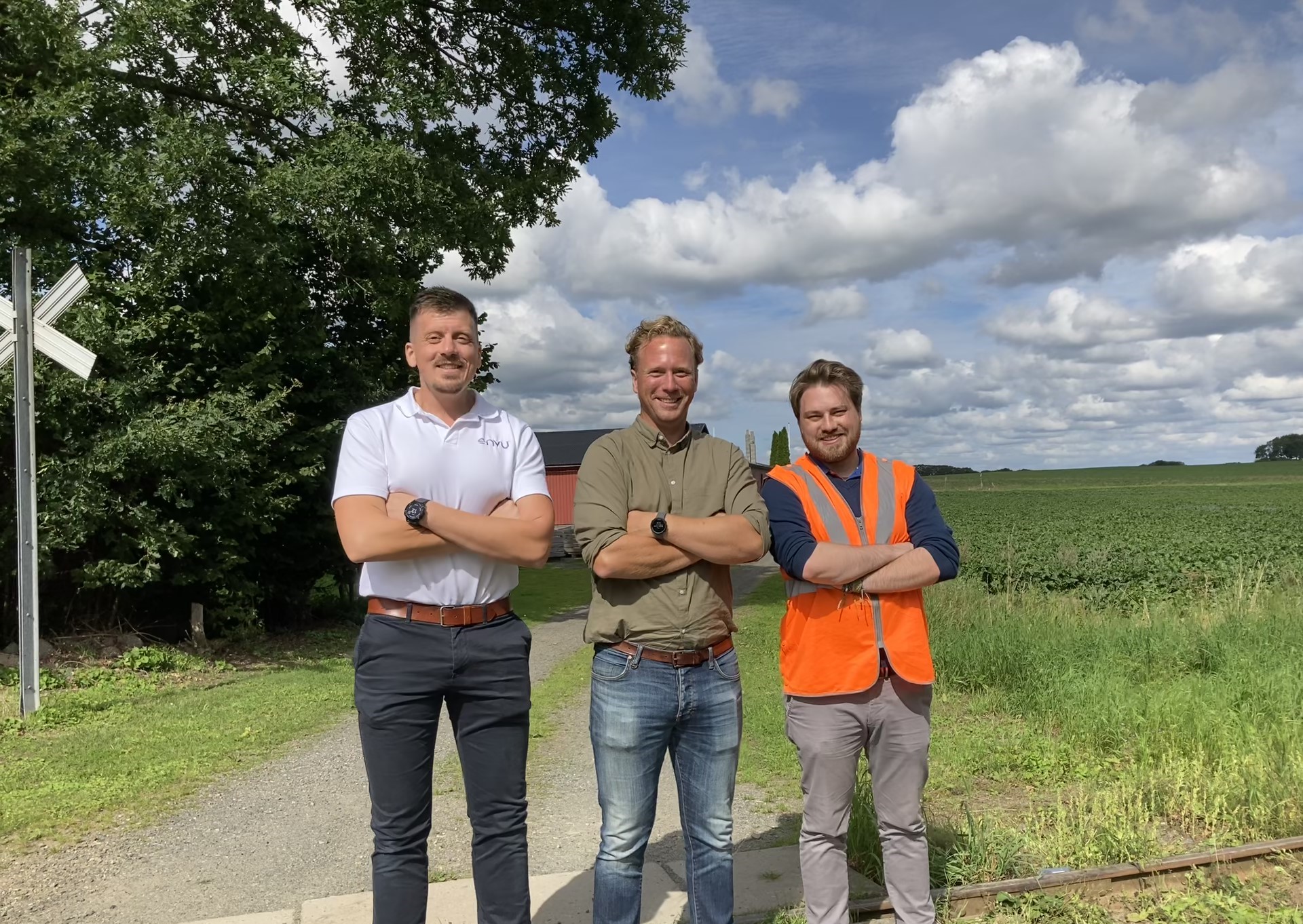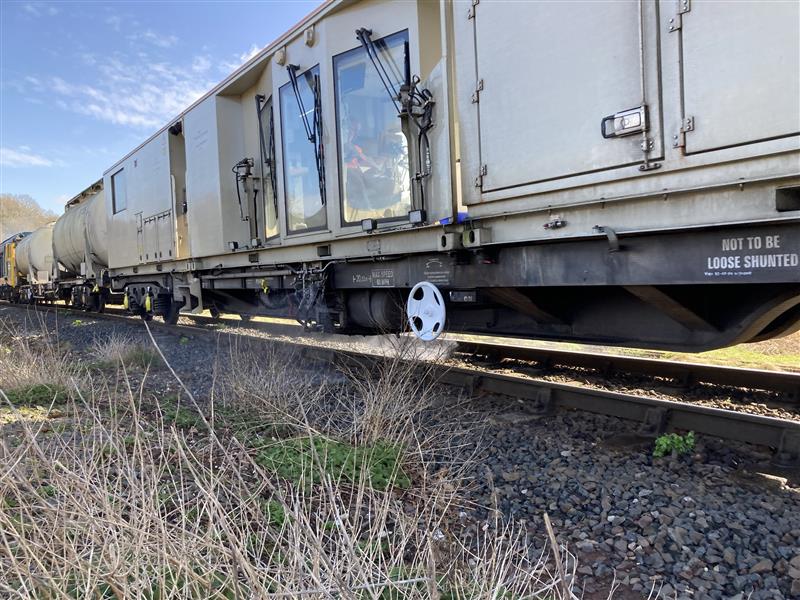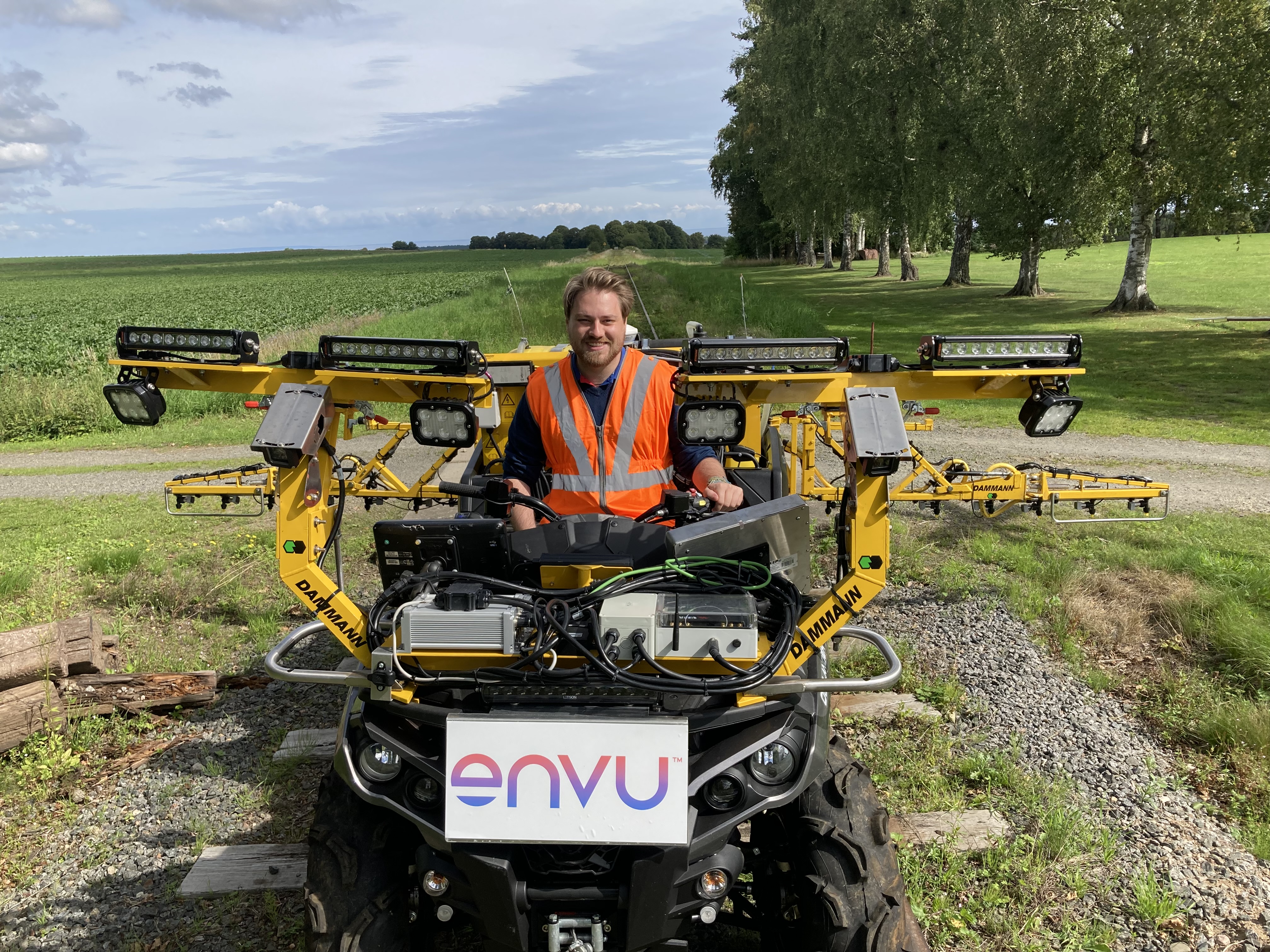Revolutionizing Weed Control in Hard-to-Treat Areas Globally
What technological advancements enable the system to efficiently detect and target specific weeds?
The Envu Smart Weeding System (SWS) uses computer software to map weeds on the railway in real time using modern algorithms and GPS solutions. Special cameras mounted on the train take photos of the tracks while a computer analyzes where weed control is necessary. Then a signal goes directly to the nozzles to open valves only where weeds are present. This works at a speed of up to 60km/h (37.28 mph) in real time as the train is running over the tracks. The train is equipped with special low drift nozzles which are used for precision application. Furthermore, non-spray areas, such as bodies of water, are preprogrammed in the system preventing weed control applications in restricted areas. The precision application system reduces chemical usage by 70% compared to traditional broadcast spray methods.
How does the Smart Weeding System integrate with existing railway infrastructure and operations?
Envu operates several spray trains, trucks and quads that are specifically designed to combat weeds on the existing rail infrastructure. To ensure minimum disturbance in rail operations, the high-tech system can operate during the day or at night with the same proven efficacy. The flexibility empowers customers to schedule weed control applications when it best suits their needs.
How does the system utilize data analytics to optimize weed control strategies?
Customers can access the Envu portfolio of weed treatment options through a web platform. Within the system, it is possible to see general data like date and time, the applications performed for specific customers, and a map indicating the location on the tracks where the weed control took place. Customers can even visualize and analyze product use through the different nozzles used. The level of detail gives end users a great overview while providing historical data use for further program refinement.
How does the Smart Weeding System contribute to environmental sustainability and reduce the ecological footprint of weed control activities?
Instead of a broad application where the application occurs on the whole track area, the system applies only where weeds are present. This results in product savings of up to 70%. It also ensures weeds are being controlled both to the satisfaction of the customer and in the most sustainable way possible.
What future innovations or enhancements do you envision for the Smart Weeding System?
Only through constant innovation, sparked by in-the-field collaboration with our global partners, can we Be a Force With Nature. Our research and development teams are consistently analyzing data and customers’ needs to find new solutions to their problems, like invasive species native to their rail corridors.
Invasive species are frequently causing problems on railway tracks throughout Europe. An example of this is the Giant Hogweed — these plants can mature up to 4 meters (13 feet) tall and produce a sap that is phototoxic when it comes in contact with the skin, causing burn-like symptoms. This is a serious problem for rail companies and their staff when they encounter these plants in their daily operations.
To solve the problem, we are not only exploring current Envu technologies but also identifying areas for future solution optimization and innovation.
What feedback have you received from railway operators and maintenance teams regarding the usability and effectiveness of the Smart Weeding System?
Customers see SWS as a high-tech solution to fulfill their weed-control needs sustainably. We have heard that the ability to operate the system effectively at night increases productivity without impacting services.
How do you incorporate user feedback into the ongoing development and refinement of the system?
The customers’ needs are always first in our minds. With this objective set, the SWS team can concentrate on their challenges and ensure the best possible experience when customers acquire our services. This includes refining and improving the systems. For example, several changes were made to the web platform used by customers to visualize the performed treatments following their feedback on how data is accessed and visualized in the best way. The team is always keen to get more input about all aspects of the service, to continue evolving this solution closely with customers’ needs at the forefront.
What do you envision for the future of the SWS?
SWS is a great tool to fulfill customer weed-control needs. It is a complete package — from applying product from a train, truck or quad, to a data-driven web platform to access critical information about services, to a highly trained R&D and support team — Envu is leading the railway vegetation management industry into the future.

